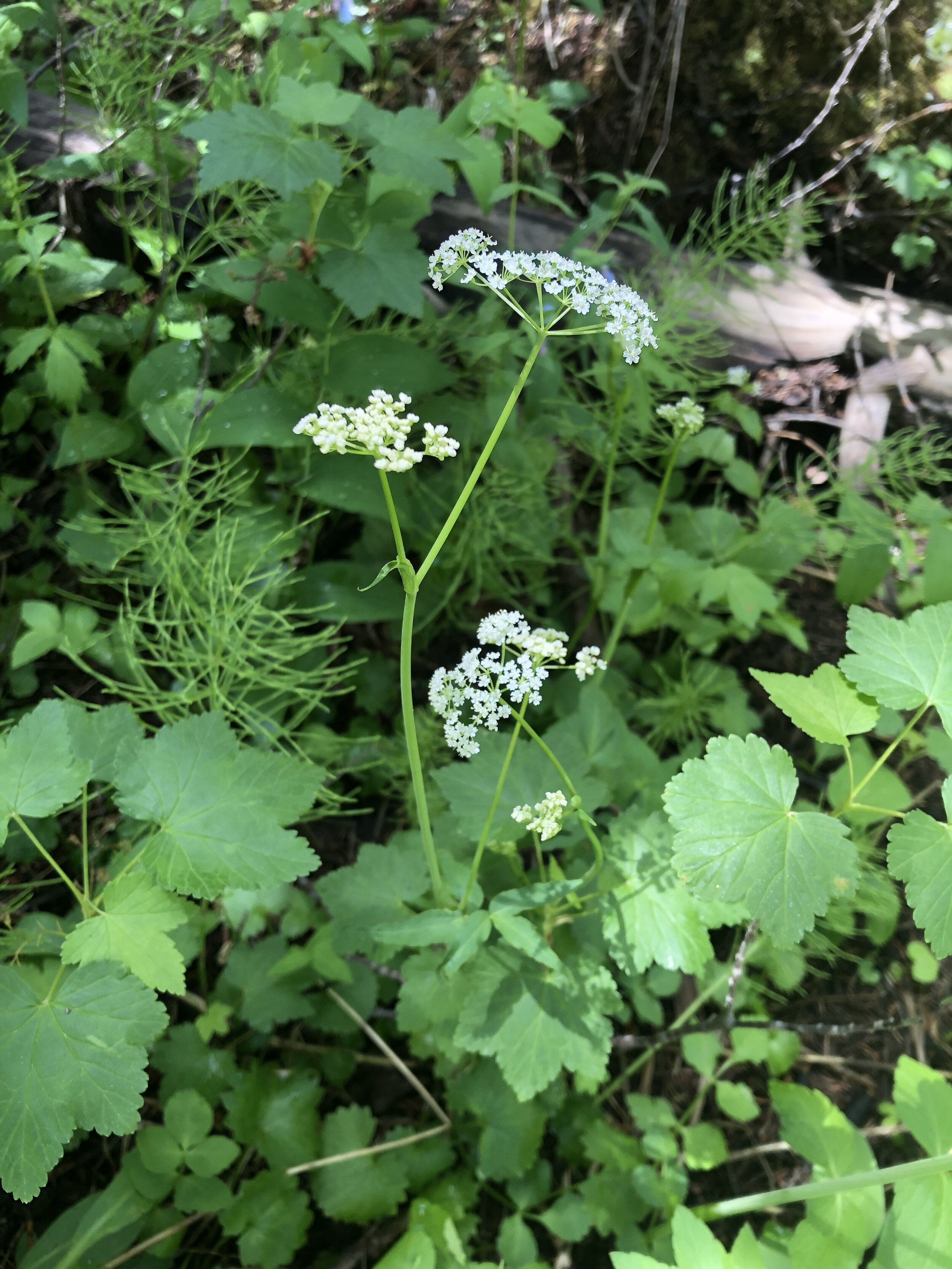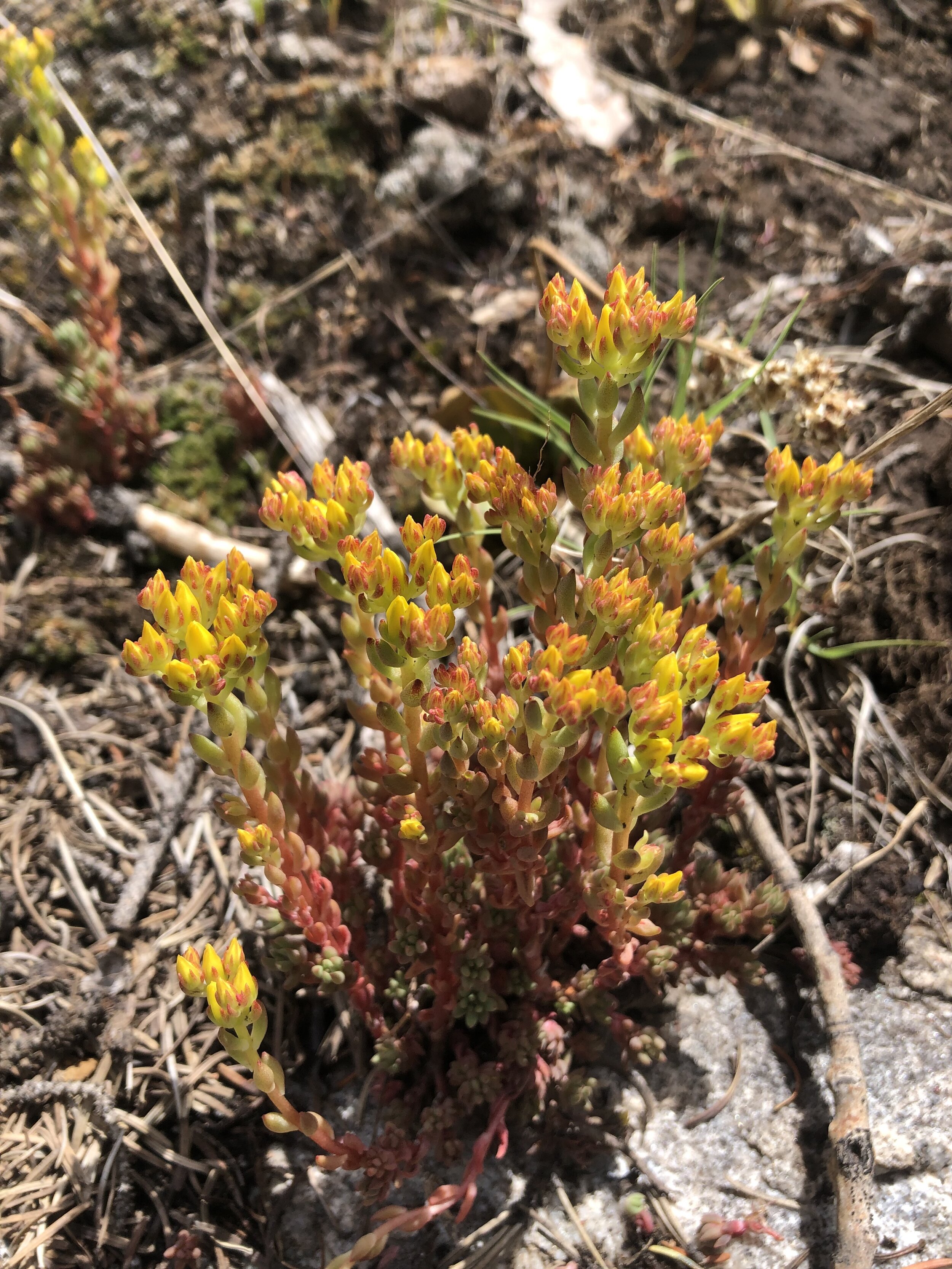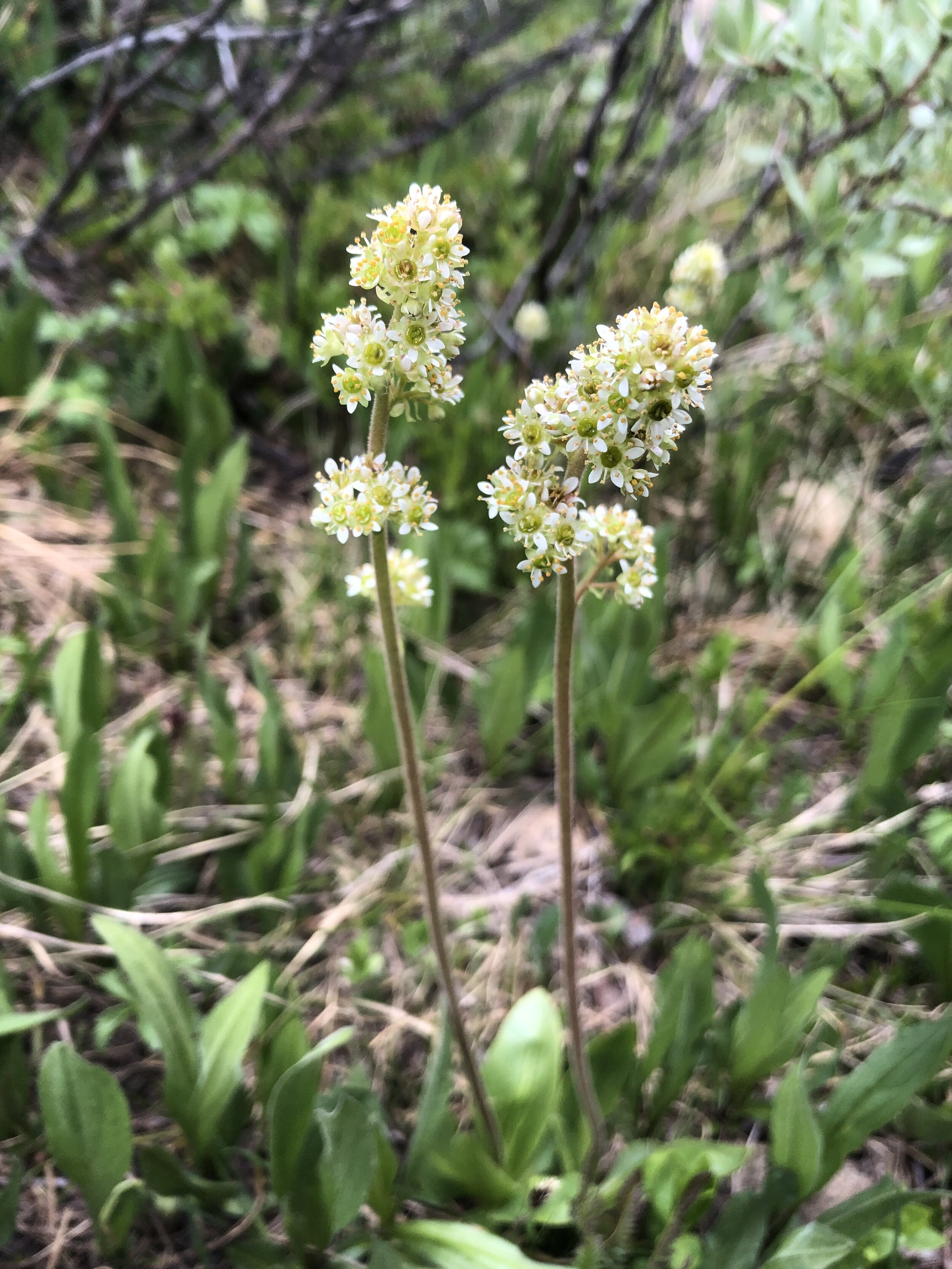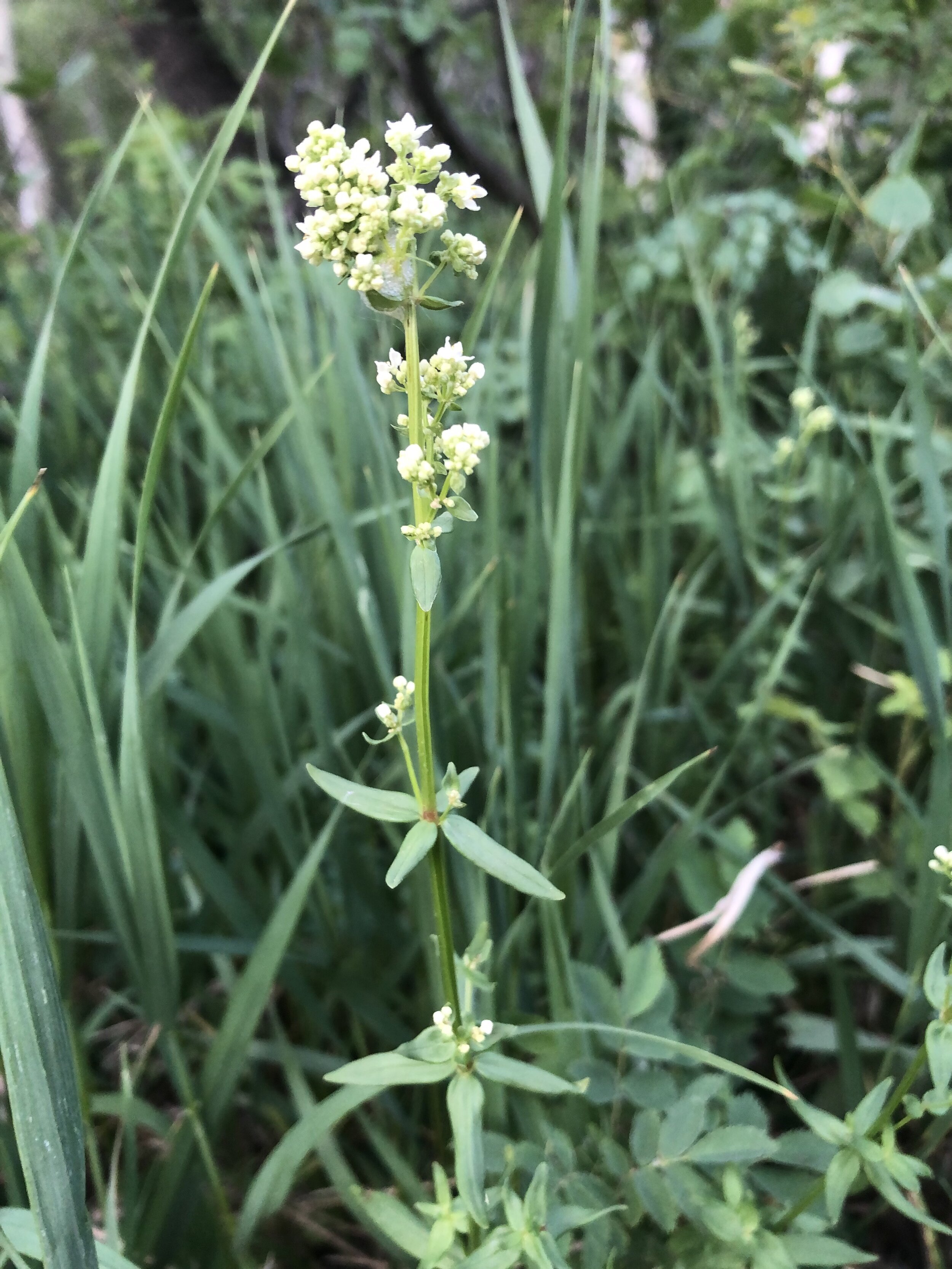Veronica serpyllifolia, June 25, 2021
Common & scientific name
Thymeleaf speedwell, Veronica serpyllifolia
Family
Figwort, Scrophulariaceae
Location
Lincoln Creek, 9,800’
Fun, weird, helpful, or little known fact
This small veronica with its tiny, intricate, four-petaled, blue-white flowers is easily lost amidst other water-loving plants and grasses but merits a closer look. Look for it stream or ditch-side. Its tiny, flat seeds can cling to the feathers of birds, fur of mammals, and shoes of humans, helping spread the seeds into new areas.
V. serpyllifolia, June 25, 2021






























